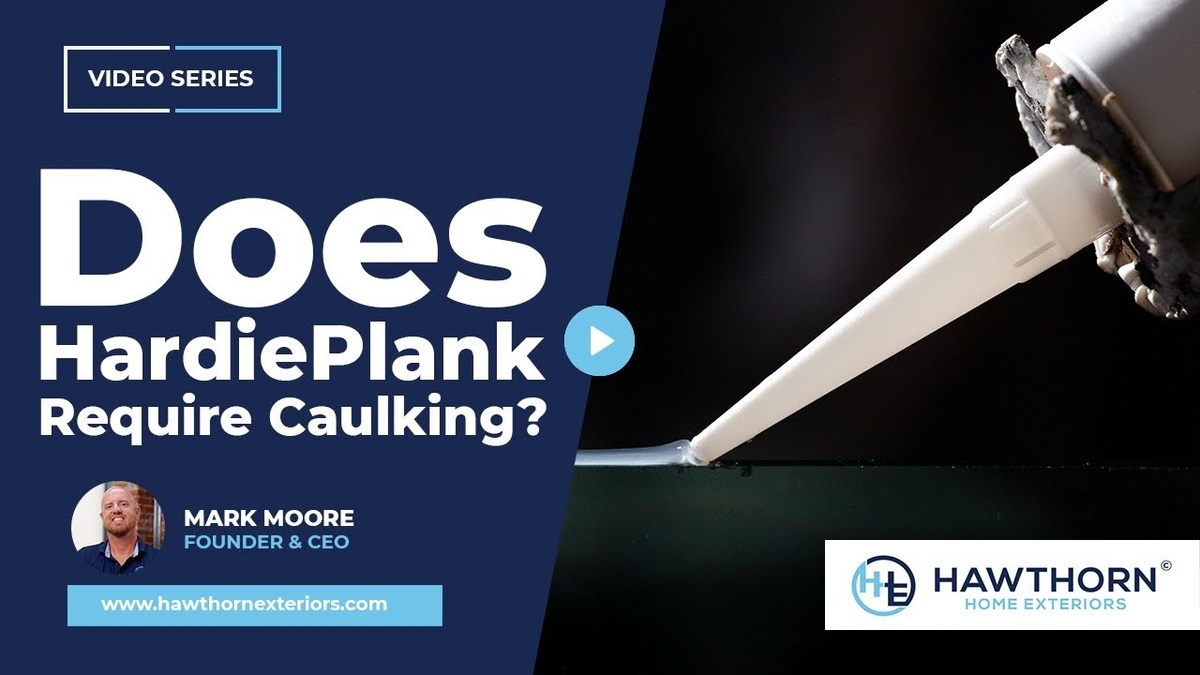Hiring siding contractors to install your Hardie siding is the best choice to make sure it’s done correctly, so you can enjoy the benefits of some of the best siding produced. Even though many contractors may say they can do the installation right, there are still some significant mistakes that can be made, even by professionals. When you are considering hiring someone to install your Hardie siding, be sure you keep an eye out for these common errors that even siding contractors make, so you can best protect your investment.
Touch-Up Mistakes From Siding Contractors Finishing Installations
Touch-ups are needed on every Hardie siding job once it’s nearly done. It helps hide fastener locations and gives a cleaner and more polished appearance, but since the paint on Hardie siding is cured in their plant, the touch-up colors can differ slightly. The best siding contractors will ensure the paint matches exactly so that the final result matches the value of your investment.
Improper Storage
Storing the siding until it’s ready to be installed is a crucial point of its initial care. When it comes down to it, there’s absolutely no excuse for any installer to store it incorrectly, since the storage instructions are printed directly on the packaging. It should be stored inside, or under a weatherproof and waterproof cover, and stored on a pallet at ground level. This prevents damage from the elements, as well as keeps the siding away from ground moisture and other damage.
Incorrect Joints
Hardie siding is limited to 12-foot runs, so if you have longer walls your contractor will undoubtedly need to use joinery. Joining panels is generally simple, though it can be gotten wrong relatively easily. Some contractors will leave an expansion gap, which while needed for other types of siding, is unnecessary with Hardie. There should also be a slip joint behind each butt joint, and while they should be made from flashing, some cheaper contractors will use paper, which can create problems with moisture penetration later on.
Too Few Fastening Points
There are a wide variety of fastening patterns that Hardie siding is approved to work with since it only weighs 2.3 pounds per square foot. The problem is that many siding contractors are not familiar with these patterns, and thus install too few fasteners. This leads to attachment problems later on and can create a very sloppy appearance, which you certainly haven’t paid for. Your investment should reflect its value, and your contractor should be doing all they can to make that happen.
Sloppy Nailing
Some contractors rush with their nail gun and end up “high nailing” the siding, which can be another contributing factor to attachment failure. Hardie needs to be nailed between 1” and ¾” from the top of the board and additionally, no closer than 3/8” from the edge of the plank for best results, and some contractors speed through the process, leading to bad nailing space and incorrect nailing height.
Low Clearance By The Siding Contractors
Hardie siding requires a 2” gap minimum from any hard surfaces like rooflines and decking, and at least 6” of clearance from soft obstacles like soil, landscaping, or grass. If installed too close, the moisture can contribute to causing the pain to bubble down and peel at some point down the road.
Work With Expert Local St Louis Hardie Siding Contractors
Hardie siding is a great investment for your home, but that investment depends on your contractors knowing all facets of quality installation and adhering to those standards. Reach out today for a free estimate from the most trustworthy and skilled siding contractors in the St. Louis area.





